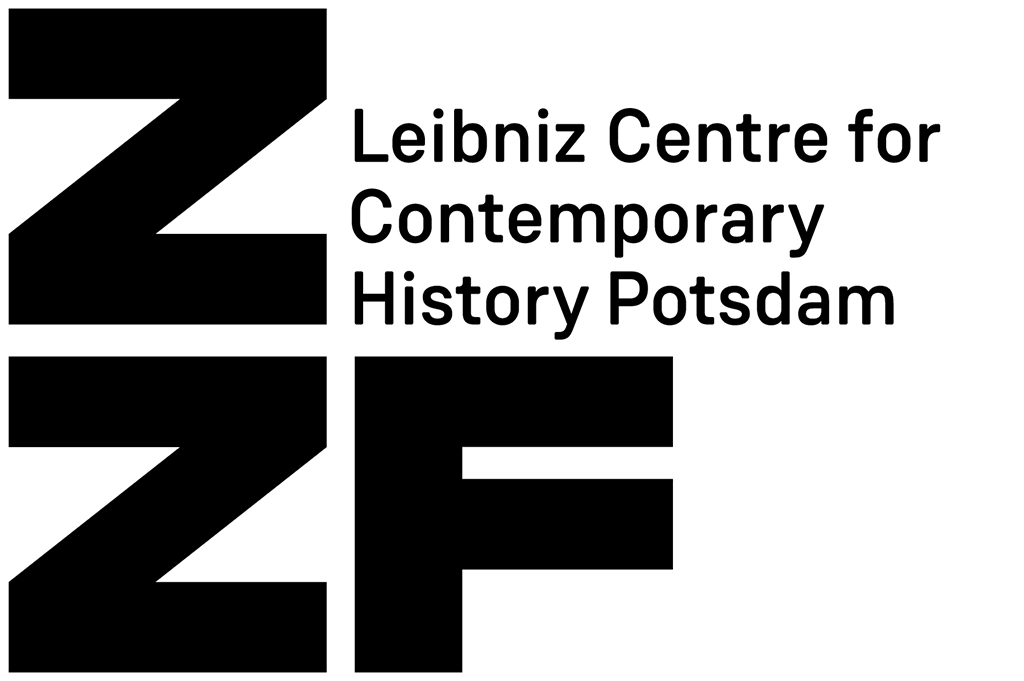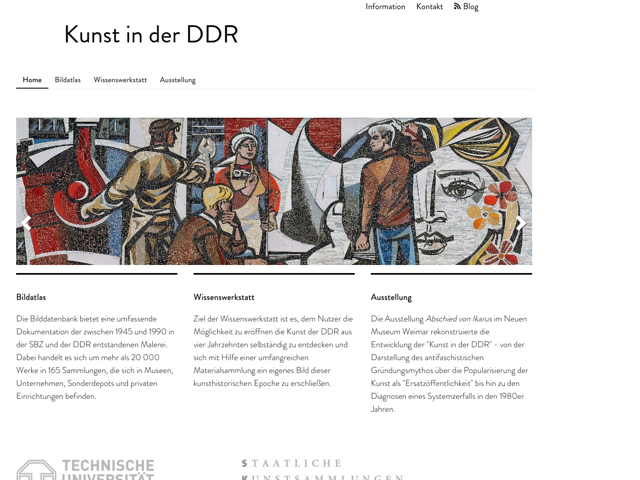Joint project with Staatliche Kunstsammlungen Dresden, Kunstarchiv Beeskow and the Chair for Sociological Theory, History of Theory and Cultural Sociology at the Technical University Dresden and the Deutsche Fotothek
The presence of the arts in the GDR’s state socialism contrasts distinctly with their ‘invisibility’ today. The majority of the artworks created in the GDR have been stored in depots for the most part since the upheavals there – that is, in East German museums, special institutions and business enterprises that inherited the art collections and holdings of companies, workshops and combines.
During the unification process, the special role of the fine arts became apparent with all its severity – on the one hand as part of the state socialist project, being effective as ‘educational means’ and later as media for integration, on the other hand as an integral part of the sometimes vehement debates of the inner-German ‘Bilderstreit’ (art controversy) after 1989. There, the paintings stored in the depots (temporarily presented in often spectacular and highly controversial exhibitions) played a central role. The ‘Bilderstreit’ proved to be closely linked to the question of the fate of the artworks and collections. The dispute over art from the GDR established itself as a substitutional discourse on the whole unification process.
Academic insights into the special function of the arts for society in the GDR prove to be essential for an analytic understanding of the whole state socialist system of rule and society. Within the programme ‘Übersetzungsfunktion der Geisteswissenschaften’ (translation function of the humanities) the Federal Ministry of Education and Research (BMBF) has funded the joint project ‘Picture atlas: Art in the GDR’ since March 1 2009, for a period of three years.
Partners are four institutions: Technical University Dresden (Chair for Sociological Theory, History of Theory and Cultural Sociology), Staatliche Kunstsammlungen Dresden (Galerie Neue Meister), Kunstarchiv Beeskow (formerly ‘Collection and Documentation Centre for Art in the GDR’/‘Sammlungs- und Dokumentationszentrum Kunst der DDR’) and the Leibniz Centre for Contemporary History, Potsdam (project leader: Jürgen Danyel, project staff: Anna Littke and Anja Tack).
The research association aims at a comprehensive documentation of the diverse collection’s and depot’s holdings of GDR paintings. Furthermore, the special ‘paths of the pictures’ to the collections will be analysed. The heterogenous combination of traditional museum acquisitions, state-funded purchases and ‘alienations’ motivated by cultural politics already led during GDR times to incomplete directories. The research findings will contribute to a cross-linking of the inventory data of the museums and other collections, which seems to be imperative for the future analysis, indexing and utilisation of the artworks. Moreover, the project strives for a user-friendly ‘translation’ of the documentation and research results. Therefore, the project also involves the production of an Internet-based virtual archive and an exhibition (prospectively in autumn 2012) on the functions of the arts in the GDR. In the context of this exhibition, an accompanying academic publication will be released under the title: ‘Bildatlas: Kunst in der DDR’. It will link the achieved cartography of GDR art and the ‘biography’ of the art objects with the most important research findings.
As the arts have proven to be the key for a critical social analysis that nonetheless grasps adequately the nuanced and various contradictions of GDR society, the topic of the research association is especially significant for historical scholarship. It is not ‘only’ about interpretative perspectives of the art of an extinct state, but also most current research perspectives that, first, concern the inventory and the future of the pictures and, second, reflect the special role of the arts in the state socialist project as well as in the transformation process as a medium of historical realisation.

